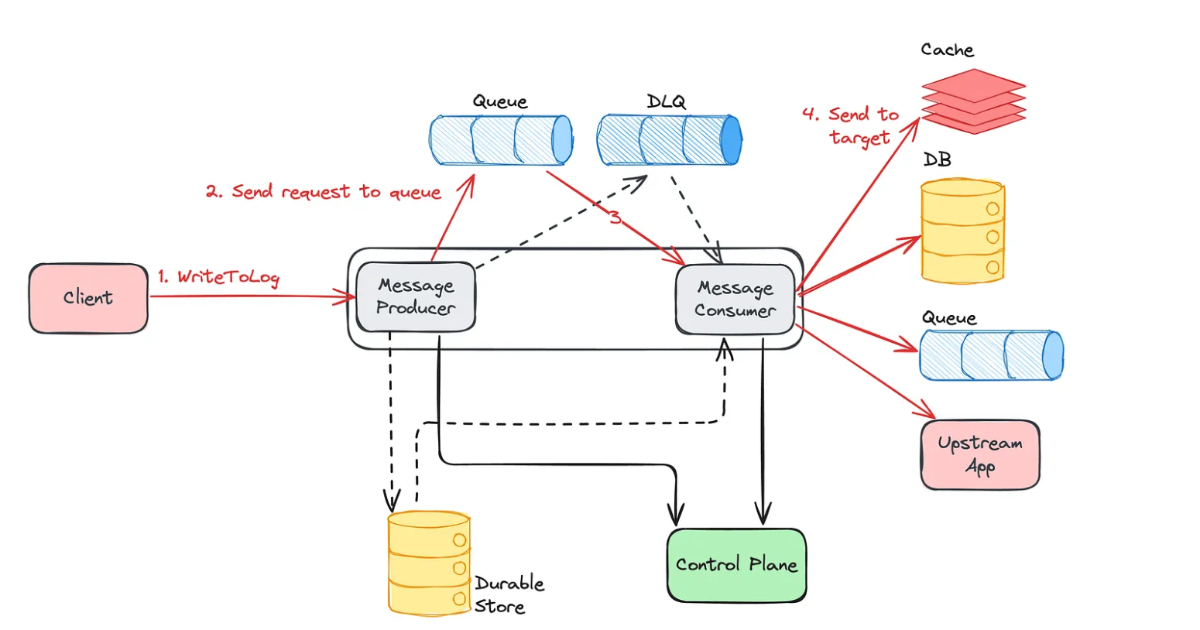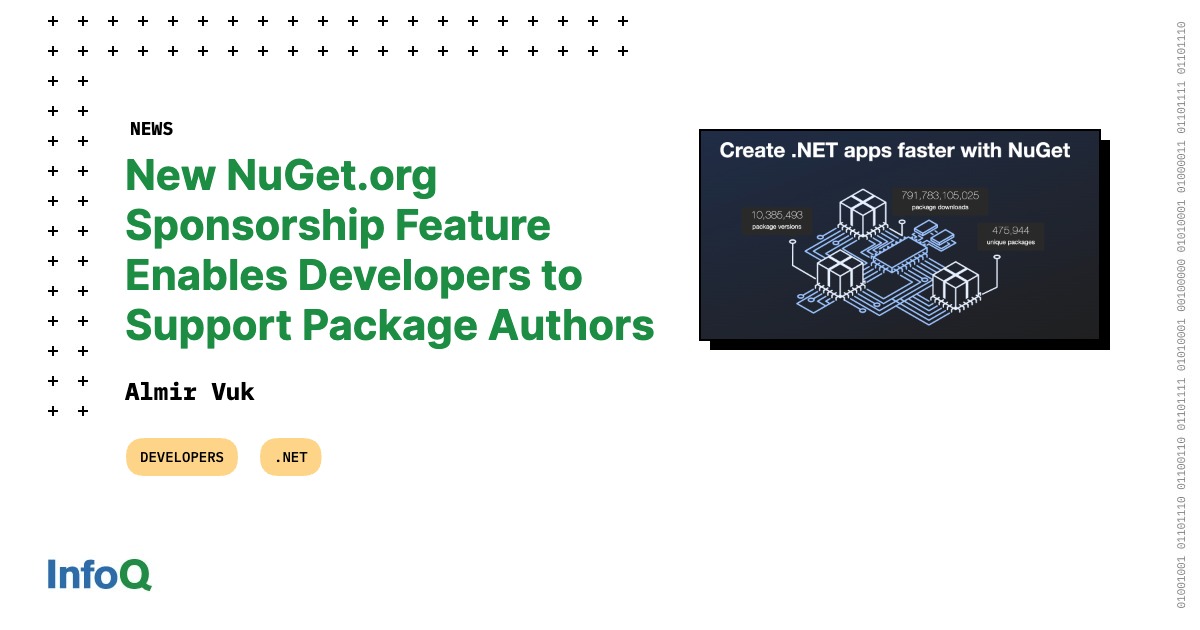Codetown
Codetown ::: a software developer's community
Are you interested in learning about graph databases? The folks at Neo4J published a book and it's free! Here's a link to the download page: http://graphdatabases.com/
Tags:
Replies to This Discussion
-
Permalink Reply by Juan Rolando Reza on March 16, 2015 at 4:45pm
-
Database representation of graph-structured information is fascinating in its own right.
I have been studying genomics technology in which graphs play a big role, both as information-structure that is the basis of certain algorithms, as well as the data driving visualizations or visually-interesting real-world structures.
As an example, here is a visualization of a protein complex that catches the eye.
See http://en.wikipedia.org/wiki/FOXP2#/media/File:Protein_FOXP2_PDB_2a...
The image is a Richardson diagram which is (mostly) automatically generated from a database describing the molecular structure of the protein. This type of diagram was invented (i.e. originally hand-drawn) by Jane Richardson, PhD.
I wonder if the book "Graph Databases" touches on this.
Presently, I am doing a research study on a particular feature of the epigenome. It involves large DNA databases (actually, structured flat files), elaborate algorithms for sequence correlation, and histone complexes. Each of these involves graph-theoretic representations and inference functions from graph structures.
The "databases" I know for DNA, the transcriptome, pathways, etc. do not lend themselves to conventional SQL, or even noSQL as far as I know to date. (Chime in anyone? )
I will be presenting a paper at the IEEE SouthCon conference in April 2015 which touches on a graph-theoretic feature of certain (sequencing) problems lending itself to massively-parallel-ization of linearly-expressable algorithms.
I am pleased to see a free book on graph databases. Thanks!
-
Notes
Welcome to Codetown!
 Codetown is a social network. It's got blogs, forums, groups, personal pages and more! You might think of Codetown as a funky camper van with lots of compartments for your stuff and a great multimedia system, too! Best of all, Codetown has room for all of your friends.
Codetown is a social network. It's got blogs, forums, groups, personal pages and more! You might think of Codetown as a funky camper van with lots of compartments for your stuff and a great multimedia system, too! Best of all, Codetown has room for all of your friends.
Created by Michael Levin Dec 18, 2008 at 6:56pm. Last updated by Michael Levin May 4, 2018.
Looking for Jobs or Staff?
Check out the Codetown Jobs group.
InfoQ Reading List
Layered Defences Are Key to Combating AI-Driven Cyber Threats, CNCF Report Finds

The Cloud Native Computing Foundation have published an analysis of modern cybersecurity practices, finding that attacks using Artificial Intelligence are now a significant threat. The report highlights the criticality for organisations to adopt multi-layered defence strategies as artificial intelligence transforms both the threat landscape and the protective measures available to businesses.
By Matt SaundersApple Previews SDK for Building Android Apps with Swift

The Swift SDK for Android, recently released as a nightly build, is designed to help developers to port their Swift packages to Android, making it easier to share code across platforms. While the SDK is still in preview, over 25% of packages in the Swift Package Index can already be compiled for Android.
By Sergio De SimonePresentation: The Way We Manage Compliance Is Wrong… And Is Changing! Bringing DevOps Principles to Controls and Audit

Ian Miell shares the open-source Continuous Compliance Framework (CCF), a tool for modernizing audits and controls. He explains how current manual, periodic compliance fails, especially with new regulations like DORA. He demonstrates how CCF leverages DevOps principles, agent-based architecture, and the OSCAL standard to provide continuous, centralized visibility across hybrid estates.
By Ian MiellFrom Outages to Order: Netflix’s Approach to Database Resilience with WAL

Netflix uses a Write-Ahead Log (WAL) system to improve data platform resilience, addressing data loss, replication entropy, multi-partition failures, and corruption. WAL decouples producers and consumers, leverages SQS/Kafka with dead-letter queues, and supports delay queues, cross-region replication, and multi-table mutations for high-throughput, consistent, and recoverable database operations.
By Leela KumiliNew NuGet.org Sponsorship Feature Enables Developers to Support Package Authors

Microsoft has announced a new Sponsorship feature on NuGet.org, designed to help package maintainers receive direct financial support from the community. As stated in the official announcement, the goal is to “make it easier than ever for consumers to recognize and support the authors behind their favorite packages,” while strengthening the overall .NET ecosystem.
By Almir Vuk
© 2025 Created by Michael Levin.
Powered by
![]()